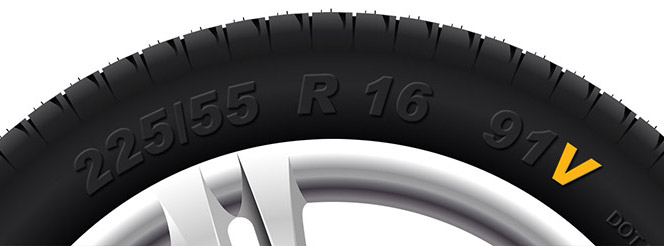What Range Do Hybrid Cars Have?
Published on: Friday, 09 December 2022 | Author: Jack Dreyer
If you’re looking to make the jump to a greener form of transport, you’ve likely been shopping around for the options available and wondering how they differ from old dependable: the internal combustion engine (ICE). The main types of alternative cars at the moment are all-electrics and hybrids – but the main problem is range.
The thing is, we’ve had 120 years of international infrastructure built solely around the internal combustion engine – so a fuel station is never far. In fact, at the end of 2021 there were at least 8378 petrol stations in the UK – that’s around one for every five towns or villages, or one for every 8000 people. We’re so comfortable with the process of filling up that it’s become second nature.
As such, range for cars is almost never a consideration (though fuel efficiency often is) – but it now has to be for electric and hybrid vehicles. So what can you expect?
Well, to answer what sort of range a hybrid has, we first need to establish what a Hybrid vehicle actually is.
What is a Hybrid Vehicle?
Essentially, the term “hybrid” vehicle is quite a vague term. The only thing it means with any certainty is that there has been an attempt to ‘hybridise’ specific benefits of electric vehicles (EVs) with the benefits of ICE vehicles. Usually, this means that there’s an EV battery bank & electric motor for short term driving, and a combustion engine for longer driving.
The main different types of hybrid vehicles are:
Full Hybrid
A full hybrid is powered by both an electric motor and a combustion engine, both running in parallel. The small battery bank is charged while the engine is running and powers the electric motor for stop-start traffic or kicks in occasionally to generally improve the fuel economy. While they carry the same name, these differ significantly from plug-in hybrids in that the energy in the batteries is only ever generated by burning fuel in the combustion engine.
As such, they’re not much greener than most other ICE vehicles because they’re relying primarily on an ICE engine and its necessary fuel.
Mild Hybrid
The design here is intended to maximise fuel efficiency. Again, this is specifically the fuel efficiency of the combustion engine. Unlike Full Hybrids, the electric motor and combustion engine in a mild hybrid can’t work independently of each other.
Instead, the electric motor generally assists the engine so that it uses less fuel while driving. Many designs, however, only charge the battery bank from the engine. So emissions are only partially reduced.
Plug-In Hybrid
Plug-in hybrids (PHEVs) offer the most true ‘hybrid’ approach to driving on the market. They’re charged up using an at-home charger and then can drive for between 30-40 miles on a charge before the engine kicks in. This is perfect for infrequent city driving or short commutes.
At present, these give you the best all-round flexibility to get around the range anxiety of most EVs. The comparatively short electric range is offset by a traditional fuel tank for longer journeys. The Toyota Prius Plug-In Hybrid, for example, is marketed with a theoretical ICE fuel economy of 134.5mpg. With a 43L fuel tank, that gives you an on-paper range of 1271 miles which, unfortunately, isn’t ever achievable in real world settings.
Range of different Hybrid Cars

So now the important question: what are the actual ranges of hybrid vehicle types?
Well, unfortunately, this varies greatly. Something as mundane as different weather can have a real impact on range – both on the electric motor and the combustion engine.
So here are rough estimates.
Full & Mild Hybrid Car Range
A “Full Hybrid” will have the least difference from a conventional ICE car, a Toyota Yaris full hybrid has a fuel economy of around 65mpg, which is roughly 10mpg more than a Vauxhall Corsa. The key here is that you never have to worry about range anxiety because you can always fill up at a nearby station.
Mild Hybrids are likely to give you a similar fuel economy gain, but are weighted more heavily to the ICE components because they tend to be SUV types like the Suzuki Ignis.
Are Hybrid Cars More Environmentally Friendly?
If you’re looking at the possibility of making the transition to a hybrid vehicle, you’re probably wondering if Hybrid cars are more environmentally friendly than traditional ICE vehicles.
The answer is yes, they are more eco friendly than combustion vehicles, but they still operate in a way that creates emissions – both at the point of production (the exhaust) and from generating the electricity to power the electric motors.
As a result, the EU has actually banned the sale of new petrol and diesel cars by 2035, claiming that all new cars “should be zero-emission”. This effectively bans all new hybrid vehicles.
With EV technology and infrastructure constantly improving, it’s likely that nobody will have to worry about range anxiety soon enough – but hybrids still offer a great alternative to ICE vehicles for the time being.
Expert car servicing at your local Tyre Pros centre
One of the best ways you can improve fuel economy is to make sure you’re regularly having your car serviced – keeping all the proverbial wheels greased makes sure everything runs smoothly and continues to do so.




